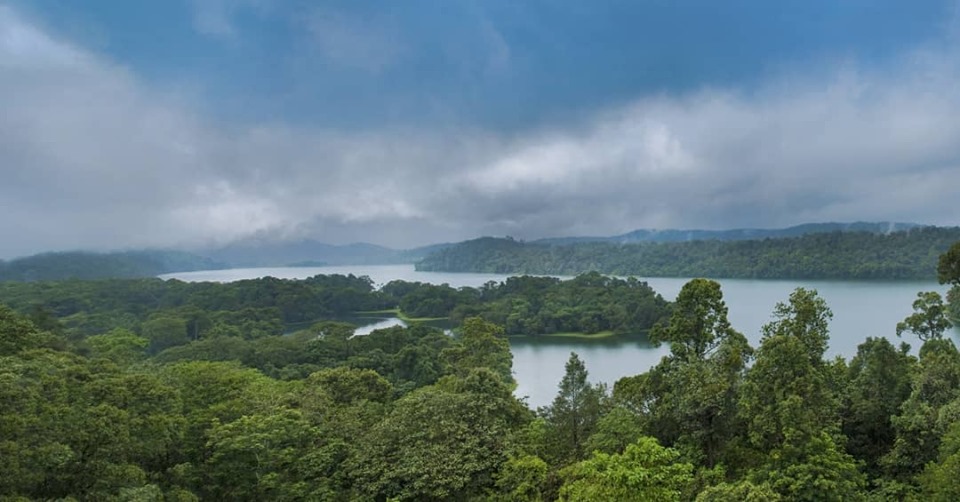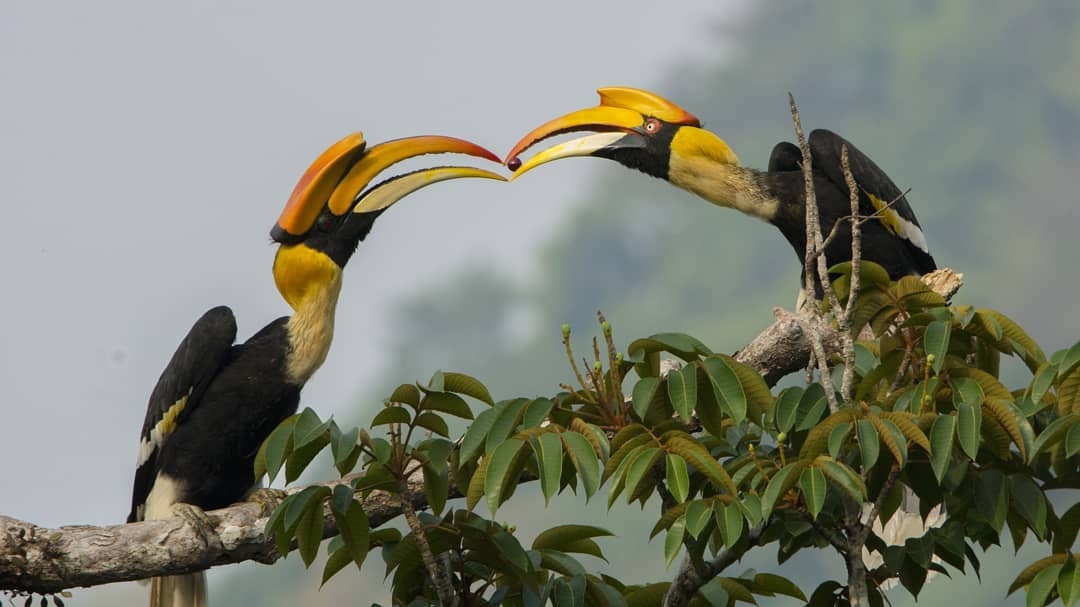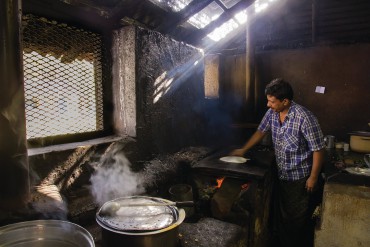A memorable road-trip from Valparai to Athirapally
I was still half asleep when I heard this whistle from my room. Room, of an old, rather a very old building. A white-colored house with wide glass windows, covering half of the wall vertically. I got up and started looking out for the person who was continuously whistling but could not see anyone. Curious, and thinking why would anyone do that, I came back, inside the house and told my colleague Ganesh about this. Ganesh Raghunathan, a research affiliate with Nature Conservation Foundation (NCF) had been here for a few years working on human-elephant conflict management.
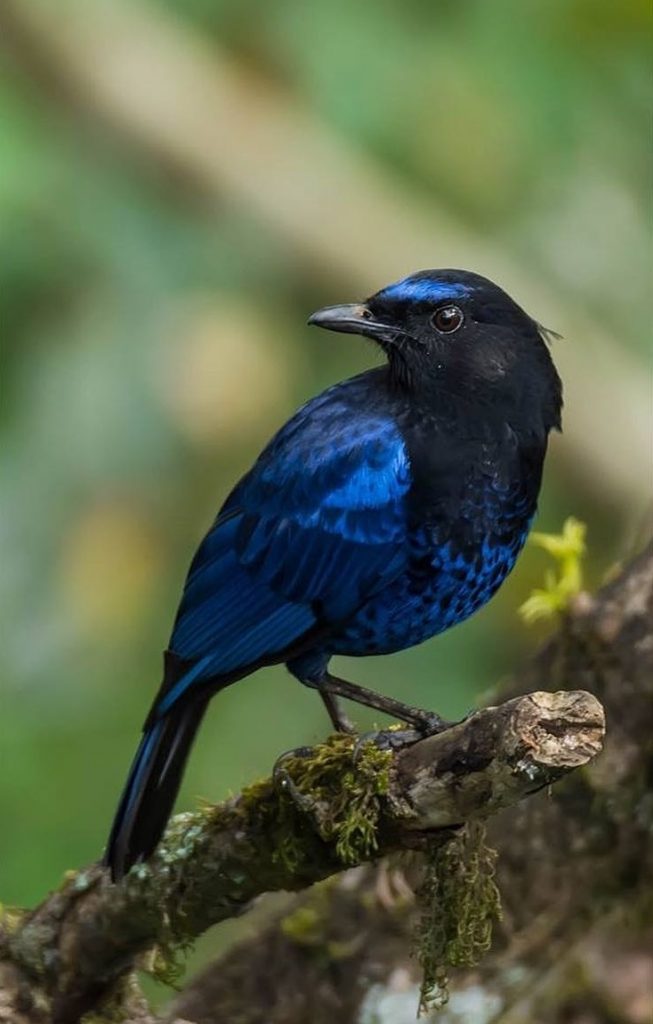
“It is a bird, not a human” he replied. “A bird?”, I probed back. “Yes, it is the call of a Malabar Whistling Thrush” he informed.
On a misty, drizzling monsoon morning, a group song of a mixed flock of birds, led by the Malabar Whistling Thrush, marked the start of a new day. I observed the clouds, eager to get inside the house through the windows, and I heard a distant temple’s prayer add background to the scene. An hour later, I saw groups of local estate workers, both men, and women walking towards tea estates where they work as estate and factory workers.
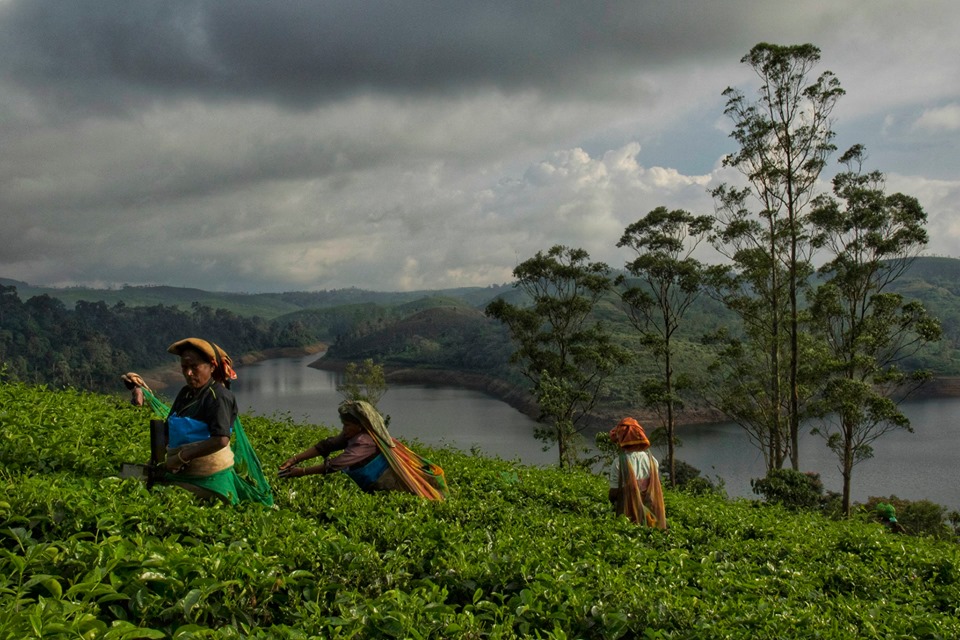
They too, appeared like a flock of birds, chirping and sharing all the happiness and sorrow among themselves. Usually carrying a net-like long bag on their backs to collect tea leaves, a harvesting machine to the pluck the mature tea leaves and a handbag with the water bottle and lunch box, these locals wrapped plastic on the lower half of the body and carried a cone-shaped plastic on their heads to cover themselves from getting drenched while working in the rains. Women, wore a shirt over the sarees to keep their clothes neat. Some with chappals and some without, I saw them removing leeches from their legs and sometimes from their friends’.
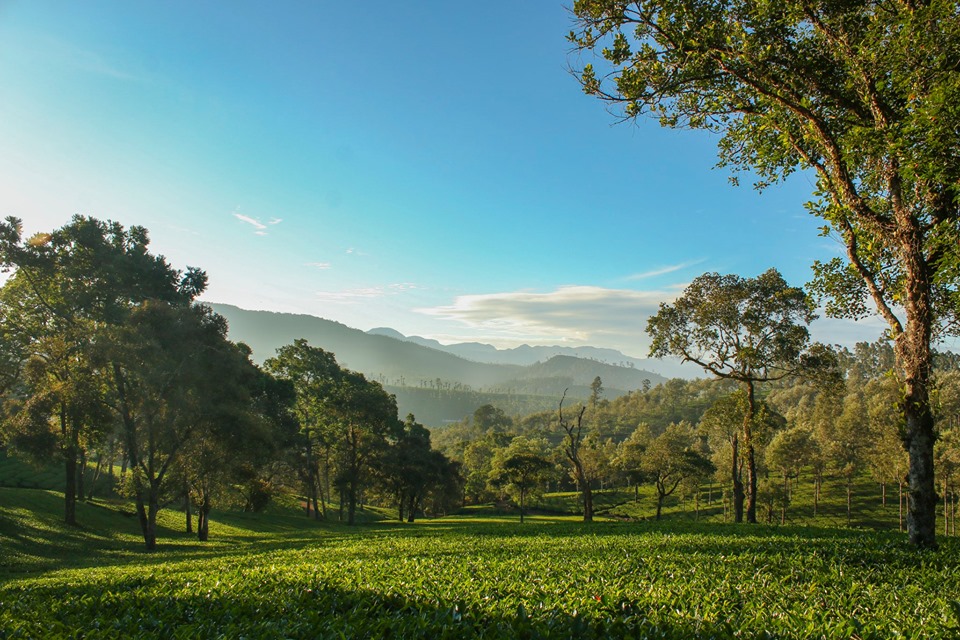
This was my first day in the paradise of Valparai, a plateau located on the border of Tamilnadu and Kerala. This breath-taking landscape, in the Anamalai hills, is dominated with tea estates and dotted with the remnants of the native rainforest. It is home to a wide variety of flora and fauna, including many endemic species of mammals, large and small, birds, plants and trees, fungus, frogs, and snakes. I was there to understand the human-elephant relations and conflict management methods employed by NCF in the Valparai plateau.
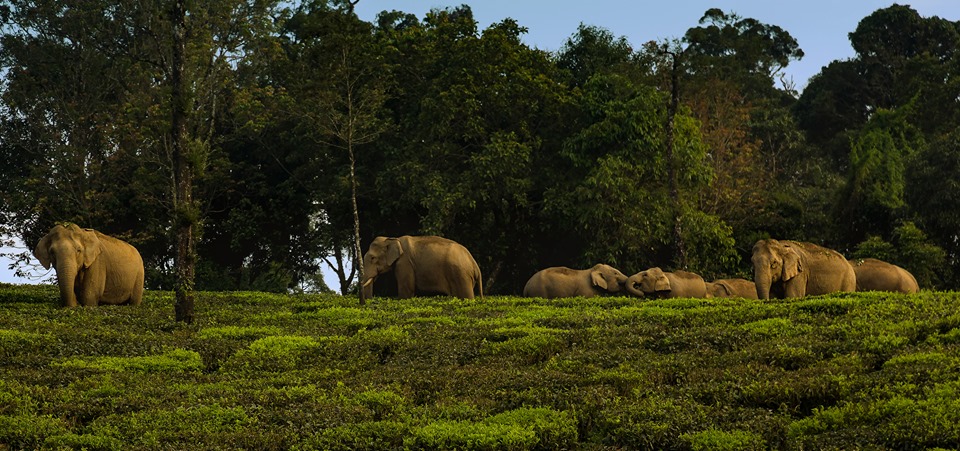
Being surrounded by several wildlife reserves and protected forest areas, Valparai, with numerous natural corridors for wildlife, has also been identified as the largest potential area for the long-term conservation of Asian Elephants in the Western Ghats.
One evening, after long, tiring hours of collecting data, interviewing people and completing the fieldwork, it was time for us to plan for some sight-seeing the next day! Chatting with Rishi and Jegan, I was exploring the possibilities for our little day out. It was then I came to know about Athirapally.
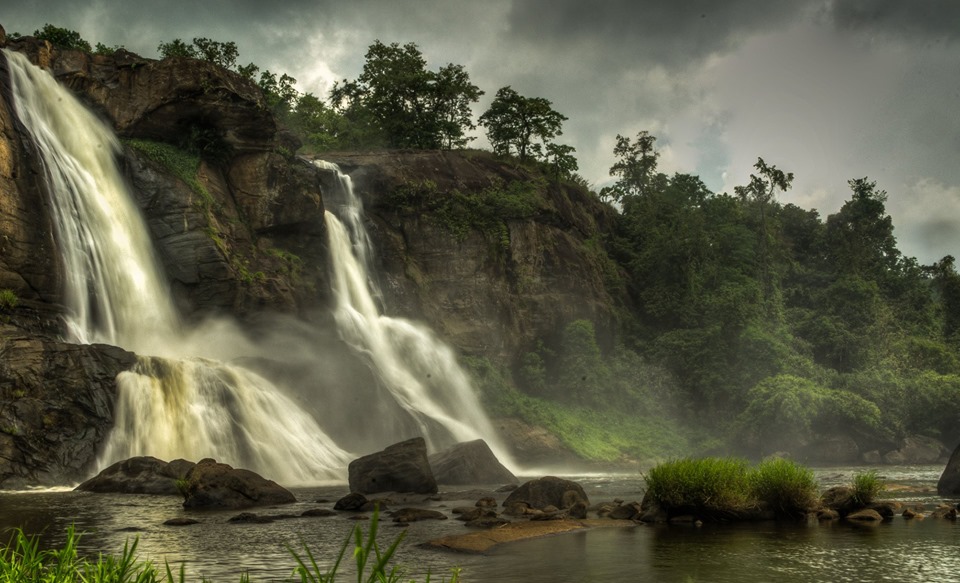
“Athirapally, where the Hindi movie Raavan was filmed”, Rishi said. “Oh, I did not see the movie”, I responded. “Beautiful movie, I liked it so much” – added Rishi. Rishi, my dear friend who had come from Bangalore and back then, a Ph.D. scholar with NCF, is a renowned snow leopard expert. “Aah! I do not want to talk about it, those buggers destroyed the forest for the movie”- Jegan added to the conversation in agitation. P. Jeganathan, known as Jegan among friends, is a noted ornithologist, working with NCF as part of their rainforest research team since 2008.
After much discussion about the place, we finally decided to visit Athirapally the next day. More than the waterfall, we were looking forward to seeing the forest and the surprises it had for us en route. We started our drive through the tea estates, dotted with eucalyptus and silver oak, on both sides. After a few kilometers, small fragments of rainforest patches emerged, some natural and some restored, by a team led by Divya Mudappa and T. R. Shankar Raman, senior scientists at NCF who have been studying and restoring the native rainforest fragments in the region for almost two decades.
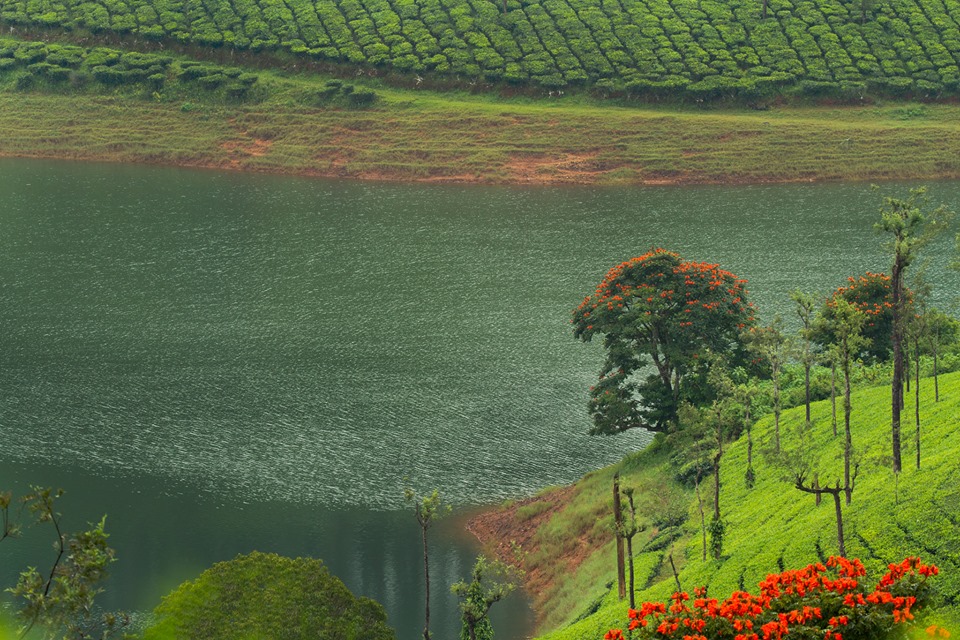
Soon, we arrived at the Sholayar dam, a well-known local attraction, as we neared the Kerala border. Suddenly, the jeep came to a screeching halt. Something interesting had caught Jegan’s eyes.
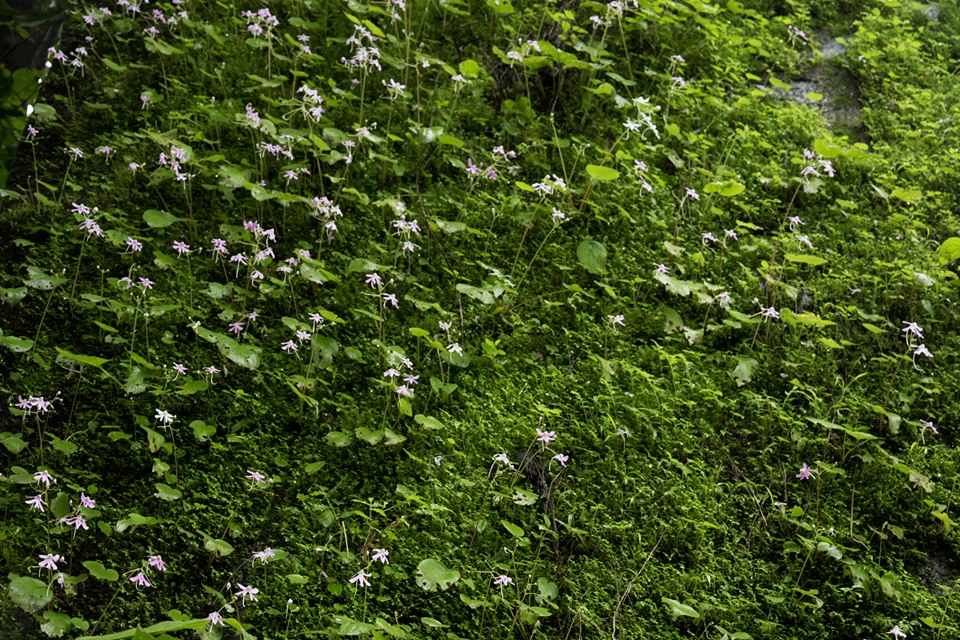
We got down and observed a beautiful white orchid! A beautiful, small flower with intricate patterns, it was surrounded by all sorts of weeds and ferns but still stood out beautifully. While Rishi took pictures of the orchid, Jegan was describing the morphology of the flower. It was an interesting observation to begin our little trip into the jungles.
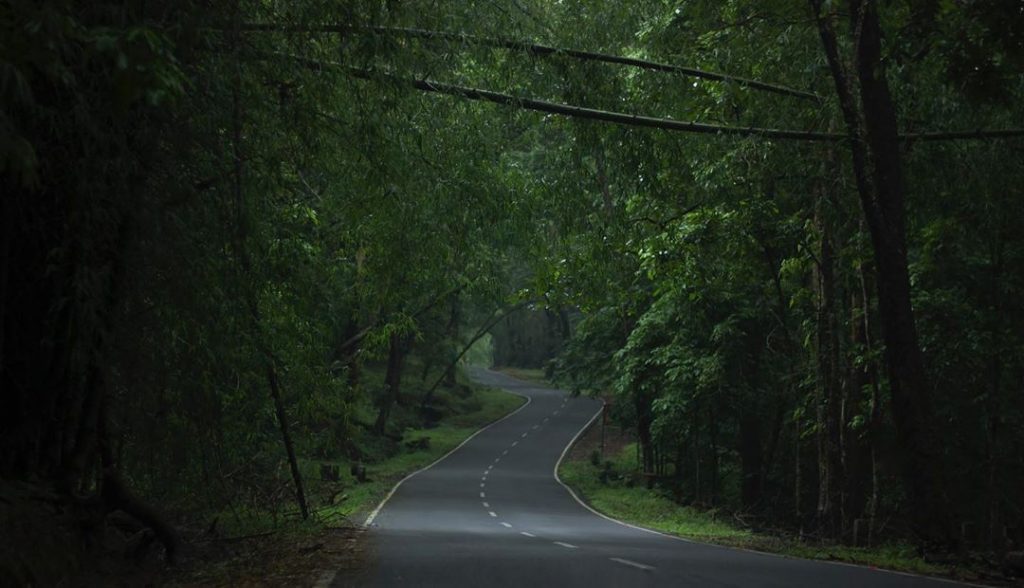
Soon, we entered Kerala where the rest of our drive would take us through the patches of dense rainforests, with the Sholayar River running alongside for most parts. Soon, the clime changed completely and we heard a different kind of music. We heard calls of birds, a cacophony of doo-doo-doos & ku-ku-kus.
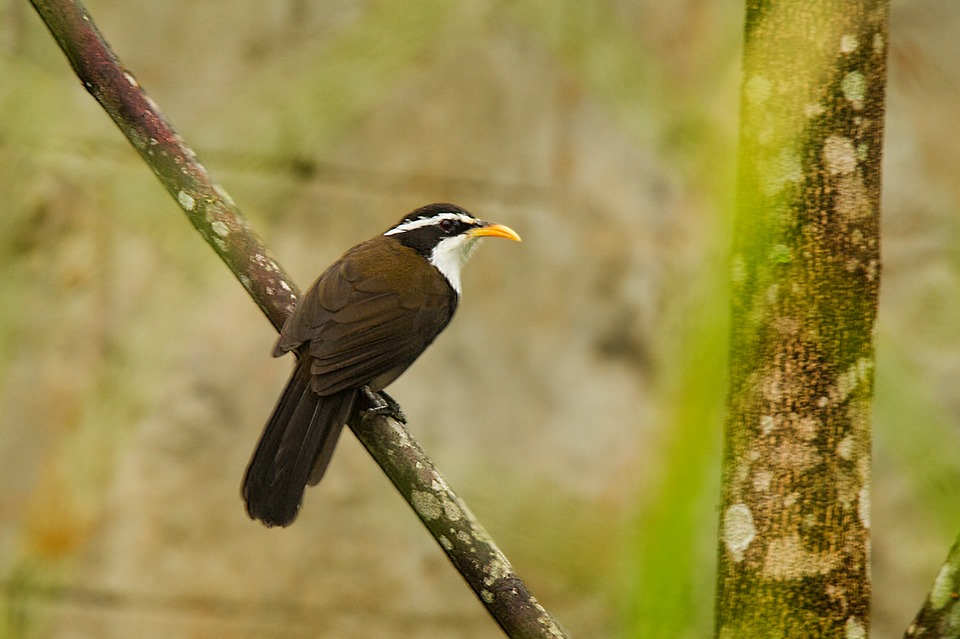
“Which bird is this,” I asked Jegan. “It’s not a single bird, these are two birds who are calling in a synchronized manner. It’s an Indian Scimitar babbler”, he informed. We could also hear the chi-chi-chi chirp of the oriental white-eye.
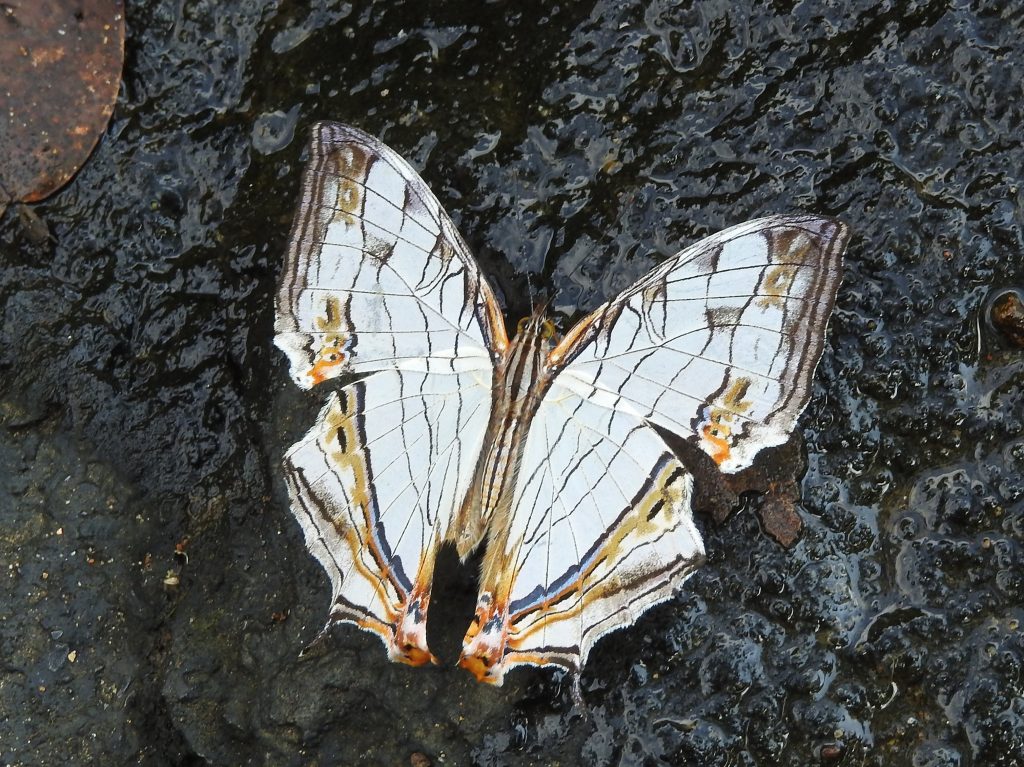
A little later, the jeep came to a halt once again, this time near a small stream. Another small, yet very beautiful creature, a distinctly shaped butterfly was seen puddling on the ground. It has a sketched pattern on its wings and is known as Oriental map butterfly.
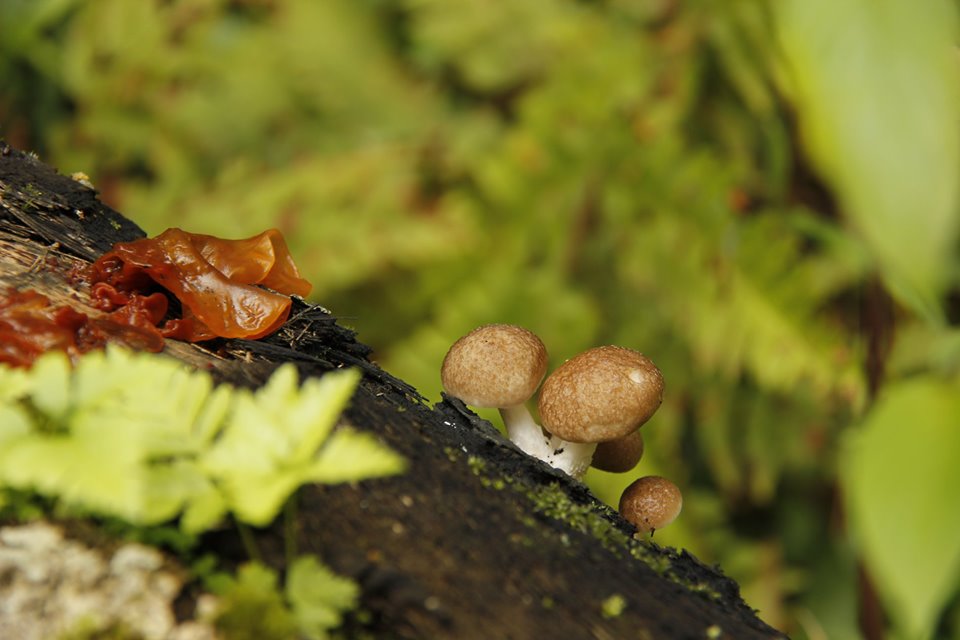
The next stop was fully dedicated to interesting fungi. A brown one with cream-colored, round spore-like things below it, was on either side of the road on a dead bark. As we approached closer, we saw jelly fungi, bracket fungi, and dead man’s finger fungi – all in a single bark! It was stunning.
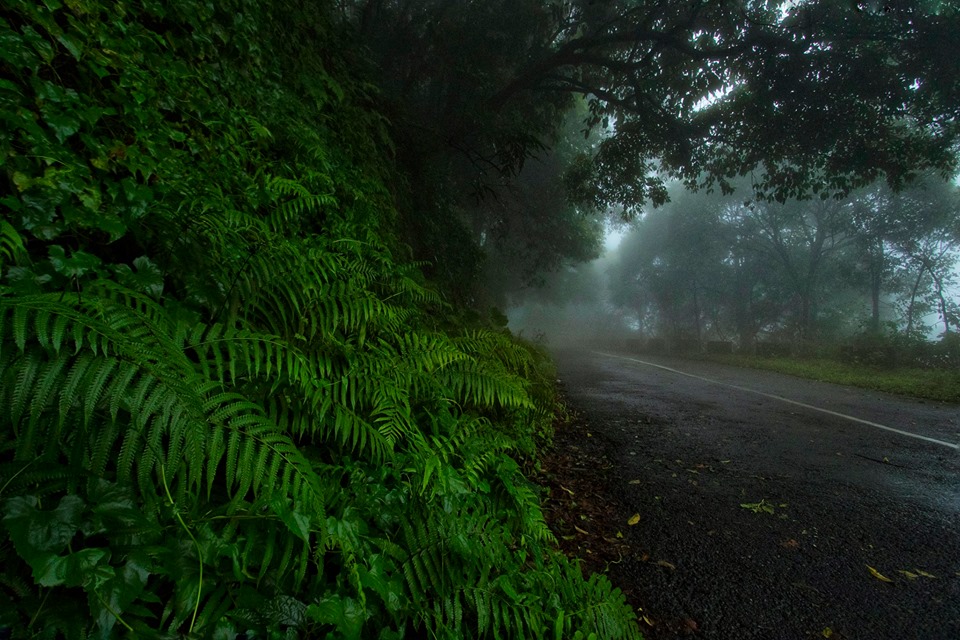
As we resumed our drive, the road on either side was covered with beautiful ferns, full of my favorite ferns – maidenhair and the endemic trifoliate ferns. We thoroughly enjoyed observing the beauty of the ferns with flowers like wild ginger, begonia and impatiens added color to the varying shades of green.
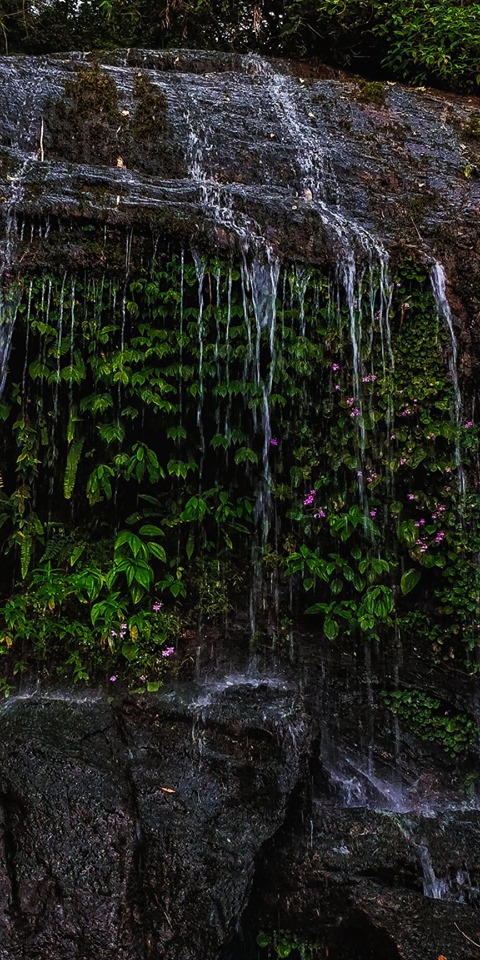
It was 2 p.m. by then and we stopped for a quick bite and tea. There’s absolutely no option to break for lunch en-route and was really difficult to find good food before reaching Athirapally. But it was time for us to drive back to the check post before its shut for the day. The forest department does not allow night traffic in the route due to elephant movements and to protect wildlife from road kills.
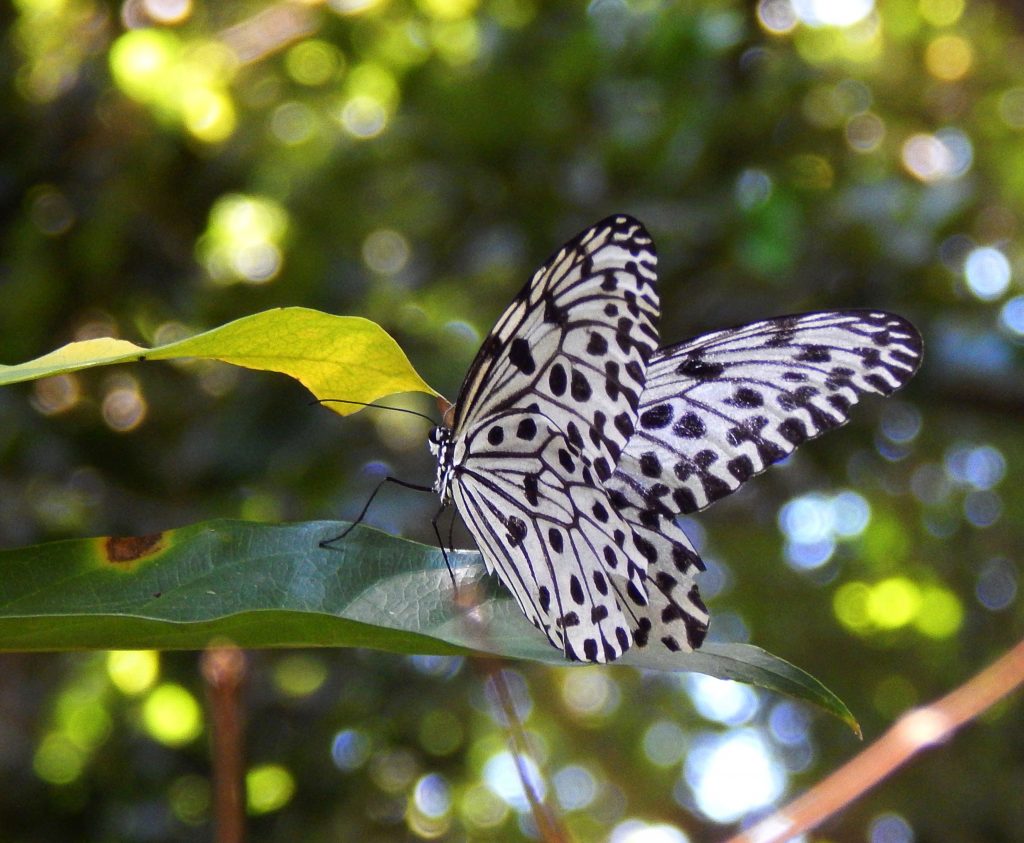
So, we decided to drive back. As we were returning, the sun was out and we were able to see plenty of butterflies that included the yellow grass, Red Helen, common crow, chocolate pansy, Dark blue tiger, blue marmot, etc., but the queen of all was the Malabar tree nymph (Idea malabarica). With its graceful flight, she floated through the forest canopy.
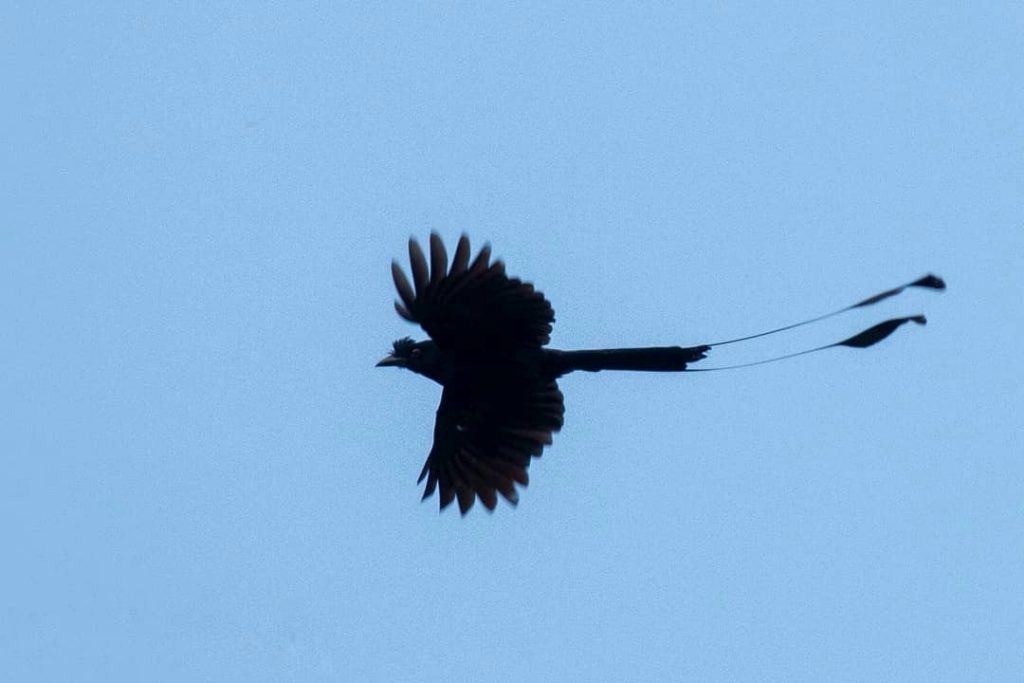
Later, we observed a group of racket-tailed drongos catching insects, indulging in a feeding frenzy. Their glossy black feathers shone in the evening light and their long tails with spatulate tips glided in the forest air. It left us all mesmerized; a fitting end to the remarkable day.
Till then, I had only heard much about the beauty of the Athirapally falls, but what I least expected, were the surprises that the journey would bring!

